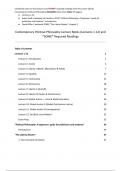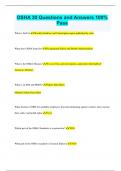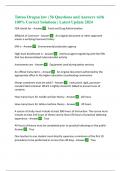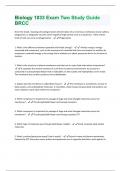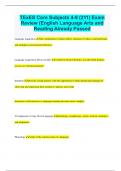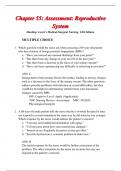Notas de lectura
Contemporary Political Philosophy Lecture Notes (Lectures 1-12) and *SOME* Required Readings
- Grado
- Institución
- Book
Combined notes on the lectures and *SOME* required readings from the course (2023) Contemporary Political Philosophy. INCLUDES notes from (Total: 39 pages): Lectures 1-12. Adam Swift’s textbook (3rd edition, 2014) “Political Philosophy: A beginners’ guide for politicians and students”...
[Mostrar más]
